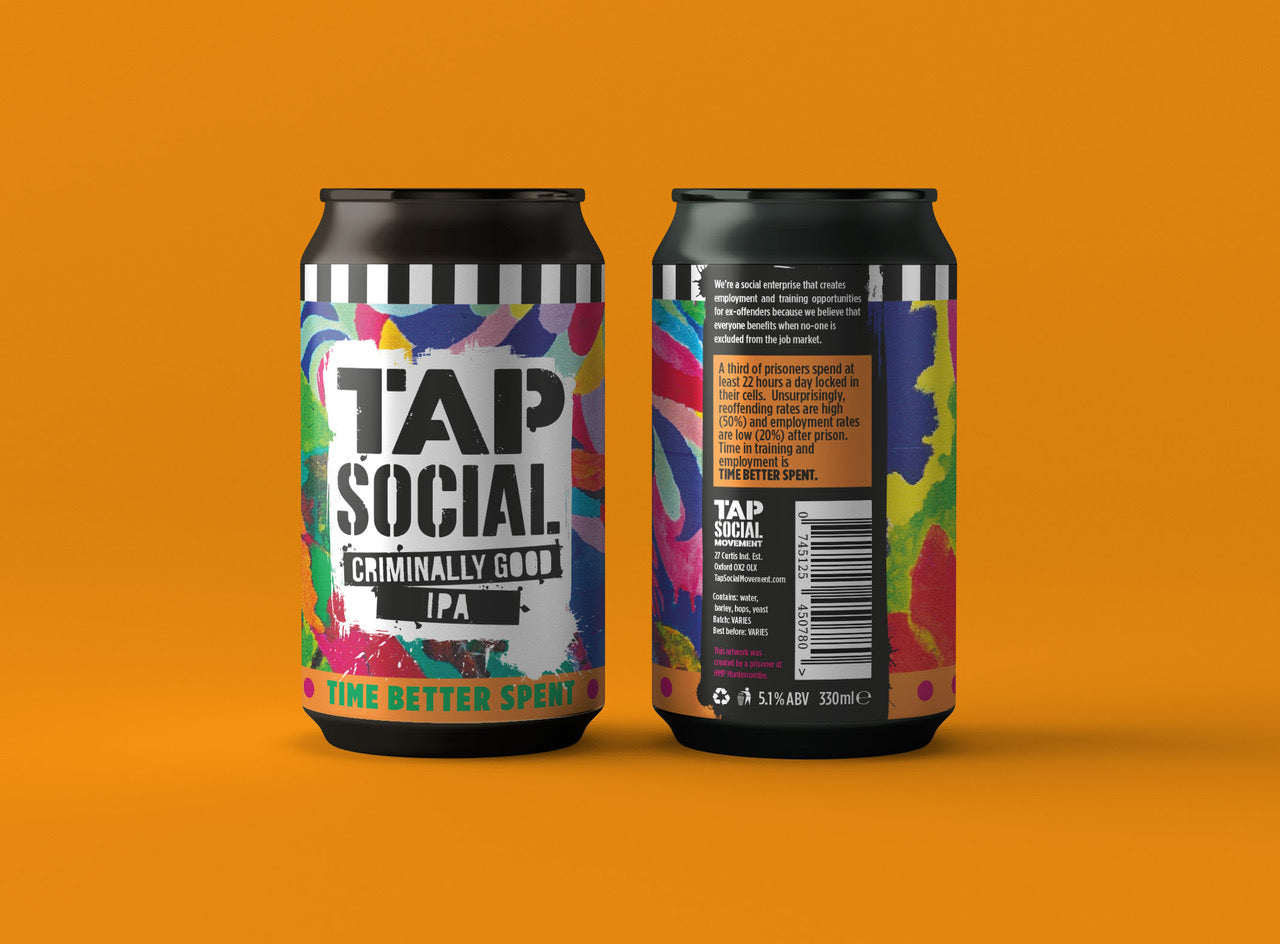
A third of prisoners spend at least 22 hours a day locked in their cells[1]. Unsurprisingly, reoffending rates are high (50%)[2] and employment rates are low (20%)[3] after prison. Time in training and employment is TIME BETTER SPENT[4].
[1] The exact percentage of course fluctuates constantly and varies widely between different types of prison, this figure is our attempt at a reasonably accurate estimate across the board, based on the authoritative prison inspectorate reports see e.g. https://www.justiceinspectorates.gov.uk/hmiprisons/wp-content/uploads/sites/4/2017/10/Findings-paper-Living-conditions-FINAL-.pdf; https://www.justiceinspectorates.gov.uk/hmiprisons/wp-content/uploads/sites/4/2018/07/6.4472_HMI-Prisons_AR-2017-18_Content_A4_Final_WEB.pdf. In some types of prison, such as those housing young adults and high security prisons, the figure is much higher. In some types of prisons the percentage will be lower, although concerningly even in training prisons, where prisoners are supposed to be given the opportunity to work to reduce their risk of reoffending, 20% reported being locked in their cell for at least 22 hours a day.[2] Again the reoffending rate is dynamic, but remains stubbornly high, 48% within one year across all adults released from prison, rising to 64% for those released from short sentences (less than one year) and as high as 70% for children released from prison. (Ministry of Justice (2019) Proven reoffending statistics quarterly: April to June 2017.[3] According to the government (Ministry of Justice (2018) Education and employment strategy) only 17% of people are in stable PAYE employment a year after being released from prison.[4] For the value of training and employment opportunities in reducing reoffending and improving ex-offenders’ life chances, see the notes associated with our “Jobsworth” beer.
